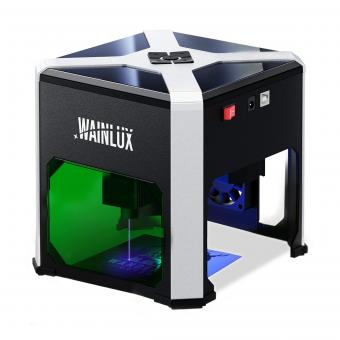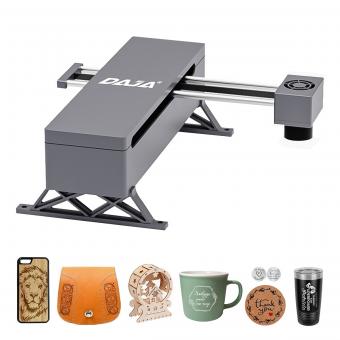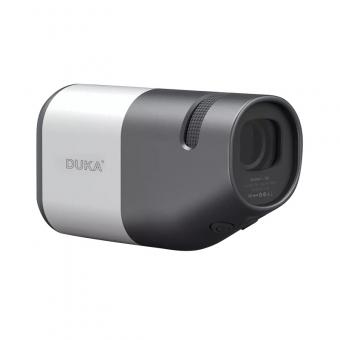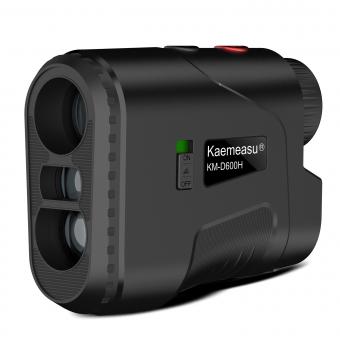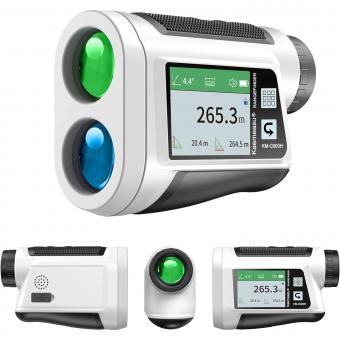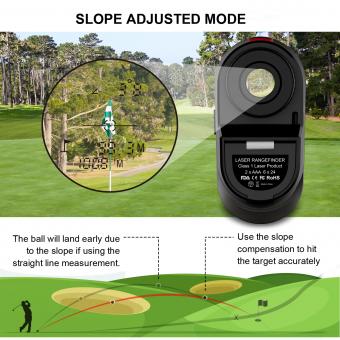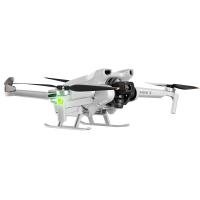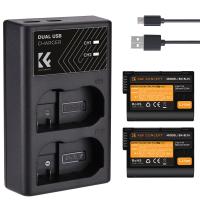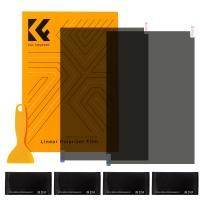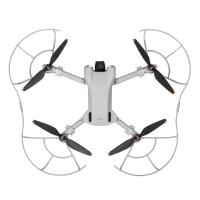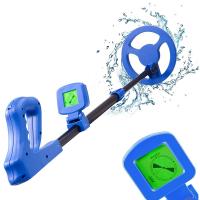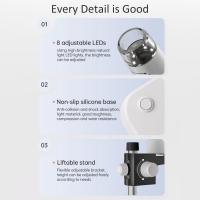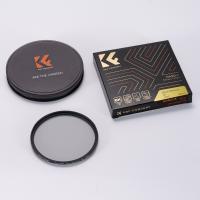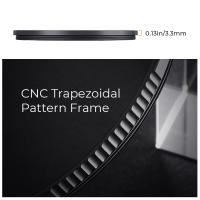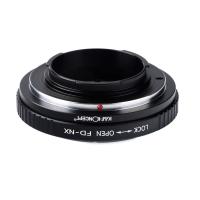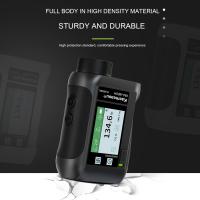How Do Golf Laser Rangefinders Work ?
Golf laser rangefinders work by emitting a laser beam towards the target and measuring the time it takes for the beam to bounce back. The rangefinder uses a high-speed clock to measure this time accurately. By knowing the speed of light, the device can calculate the distance between the rangefinder and the target based on the time it takes for the laser beam to return. Some rangefinders also incorporate advanced technologies like slope compensation, which adjusts the distance measurement to account for the elevation changes on the golf course. Overall, golf laser rangefinders provide golfers with precise distance measurements to help them make more accurate club selections and improve their game.
1、 Principle of Golf Laser Rangefinders: Time-of-Flight Measurement
Golf laser rangefinders are devices used by golfers to accurately measure the distance to a target on the golf course. These rangefinders work on the principle of time-of-flight measurement, which involves emitting a laser beam towards the target and measuring the time it takes for the beam to bounce back to the device.
When a golfer aims the rangefinder at a target, such as a flagstick or a hazard, a laser beam is emitted from the device. The beam travels through the air and reflects off the target, returning to the rangefinder. The rangefinder then calculates the time it took for the laser beam to make the round trip, using the speed of light as a constant.
By knowing the speed of light and the time it took for the laser beam to return, the rangefinder can accurately calculate the distance to the target. This distance is then displayed on the rangefinder's screen, allowing the golfer to make informed decisions about club selection and shot strategy.
In recent years, there have been advancements in golf laser rangefinder technology. Some rangefinders now incorporate additional features such as slope compensation, which adjusts the distance measurement to account for changes in elevation. This provides golfers with more accurate distance readings, taking into consideration the uphill or downhill nature of the shot.
Furthermore, some rangefinders now have built-in GPS capabilities, allowing golfers to not only measure distances but also view detailed course maps and track their shots. These advancements have made golf laser rangefinders even more valuable tools for golfers of all skill levels, helping them improve their game and make more informed decisions on the course.
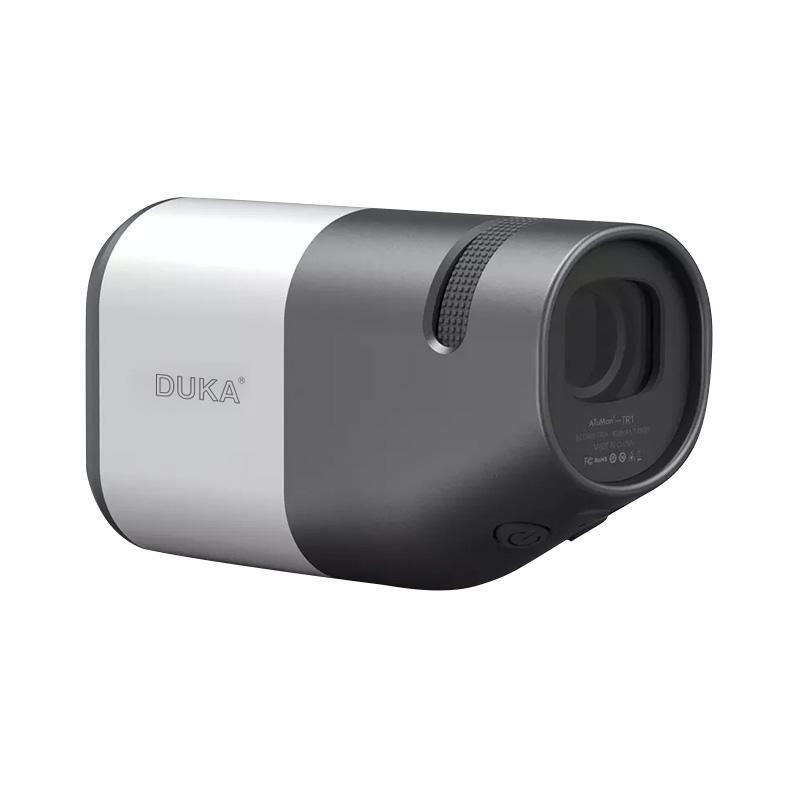
2、 Components of Golf Laser Rangefinders: Laser, Optics, and Sensors
Components of Golf Laser Rangefinders: Laser, Optics, and Sensors
Golf laser rangefinders have become an essential tool for golfers of all skill levels. These devices provide accurate distance measurements to various targets on the golf course, helping golfers make more informed decisions about club selection and shot execution. The technology behind golf laser rangefinders involves three main components: laser, optics, and sensors.
The laser is the heart of the rangefinder. It emits a laser beam that is directed towards the target. When the beam hits the target, it reflects back to the rangefinder. The rangefinder measures the time it takes for the laser beam to travel to the target and back, using the speed of light as a constant. By knowing the time it takes for the laser beam to make the round trip, the rangefinder can calculate the distance to the target.
Optics play a crucial role in golf laser rangefinders. They help focus the laser beam and ensure its accuracy. The rangefinder's optics system consists of lenses and mirrors that direct and shape the laser beam. These optics are designed to minimize any distortion or interference that could affect the accuracy of the distance measurement.
Sensors are another important component of golf laser rangefinders. They receive the reflected laser beam and convert it into an electrical signal. This signal is then processed by the rangefinder's internal circuitry to calculate the distance to the target. The sensors need to be highly sensitive to accurately detect the reflected laser beam, even in varying lighting conditions.
In recent years, golf laser rangefinders have seen advancements in technology. Some rangefinders now incorporate GPS (Global Positioning System) capabilities, allowing golfers to measure distances to specific points on the course and provide additional information such as course layout and hazards. Additionally, rangefinders with slope compensation features can adjust distance measurements based on the elevation changes on the course, providing more accurate readings for uphill and downhill shots.
Overall, golf laser rangefinders work by emitting a laser beam, using optics to focus and shape the beam, and sensors to detect the reflected beam and calculate the distance to the target. These devices have become invaluable tools for golfers, helping them improve their game and make more informed decisions on the course.

3、 Accuracy and Range of Golf Laser Rangefinders: Factors and Limitations
Golf laser rangefinders are devices that use laser technology to accurately measure the distance between the device and a target on the golf course. These rangefinders emit a laser beam that bounces off the target and returns to the device, allowing it to calculate the distance based on the time it takes for the laser to travel to the target and back.
The accuracy of golf laser rangefinders is typically very high, with most devices boasting accuracy within one yard. This level of precision allows golfers to make more informed decisions about club selection and shot strategy. However, it is important to note that factors such as weather conditions, target reflectivity, and user error can affect the accuracy of the measurements.
The range of golf laser rangefinders can vary depending on the model and manufacturer. Most rangefinders have a range of several hundred yards, which is more than sufficient for most golf courses. However, it is worth noting that the maximum range may be affected by factors such as the reflectivity of the target and the presence of obstacles between the device and the target.
While golf laser rangefinders are highly accurate and offer a good range, there are some limitations to consider. For example, these devices require a clear line of sight to the target, meaning that they may not be effective in situations where there are obstacles blocking the view. Additionally, some rangefinders may struggle to provide accurate measurements on targets with low reflectivity, such as trees or bushes.
In recent years, there have been advancements in golf laser rangefinder technology. Some models now offer features such as slope compensation, which adjusts the distance measurement to account for changes in elevation. This can be particularly useful when playing on hilly courses. Additionally, some rangefinders now come equipped with GPS capabilities, allowing golfers to not only measure distances but also get detailed course information.
Overall, golf laser rangefinders are highly accurate and offer a good range for most golfers. However, it is important to understand their limitations and consider factors such as target reflectivity and line of sight when using these devices on the golf course.
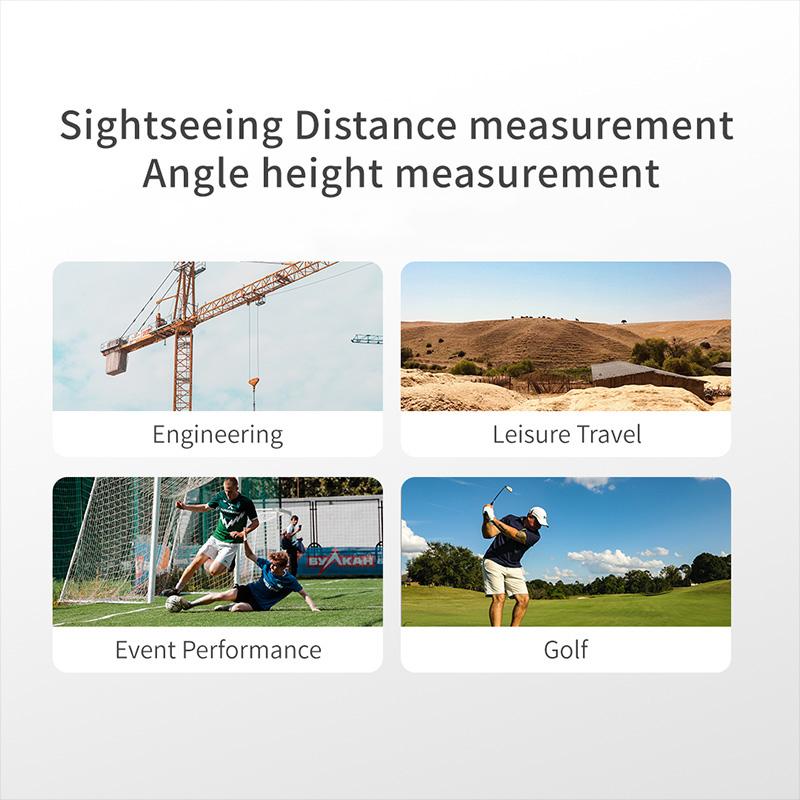
4、 Targeting Modes in Golf Laser Rangefinders: Pinseeker, Slope, and Scan
Golf laser rangefinders are essential tools for golfers looking to accurately measure distances on the course. These devices utilize advanced technology to provide precise measurements, helping golfers make informed decisions about club selection and shot execution.
So, how do golf laser rangefinders work? These devices operate by emitting a laser beam towards the target, such as a flagstick or a specific point on the course. The rangefinder then measures the time it takes for the laser beam to bounce back to the device, calculating the distance based on the speed of light. This technology is known as "time of flight" measurement.
One of the key features of golf laser rangefinders is their targeting modes. The most common targeting mode is the Pinseeker mode, which is designed to lock onto the flagstick and ignore any background objects. This ensures that golfers get accurate distance readings to the target they are aiming for.
Another popular targeting mode is the Slope mode, which takes into account the elevation changes on the course. By factoring in the slope, golfers can adjust their club selection and shot strategy accordingly. However, it's important to note that the use of Slope mode is not allowed in tournament play, as it provides an unfair advantage.
Additionally, many golf laser rangefinders feature a Scan mode, which allows golfers to continuously scan the course and receive distance readings to multiple targets. This is particularly useful when trying to determine distances to hazards or landmarks.
In recent years, there have been advancements in golf laser rangefinder technology, such as improved accuracy, faster measurements, and enhanced target acquisition. Some rangefinders now also offer features like GPS integration, which provides additional course information and helps golfers make more informed decisions.
Overall, golf laser rangefinders are invaluable tools for golfers, providing accurate distance measurements and aiding in shot planning. With their various targeting modes and technological advancements, these devices continue to evolve, making them an essential accessory for golfers of all skill levels.





